Mary Blandy’s Execution, Oxford
Mary Blandy was executed on 6 April 1752 for the muder of her father Francis Blandy in Henley on Thames. The location of Mary Blandy’s execution was either the Westgate prison mound or in the Castle Yard in Oxford, both of which are very close to each other.

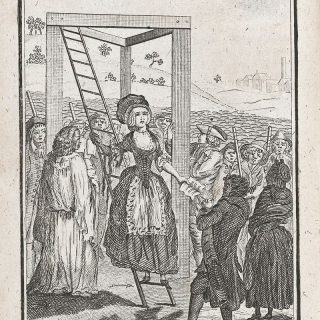
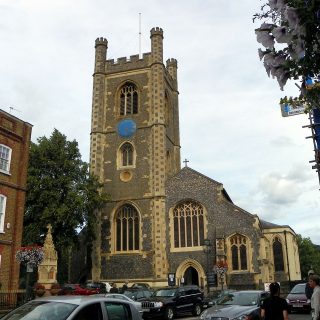
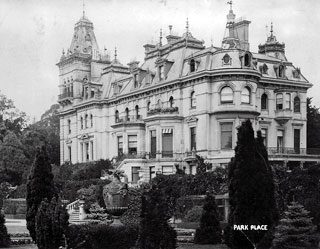
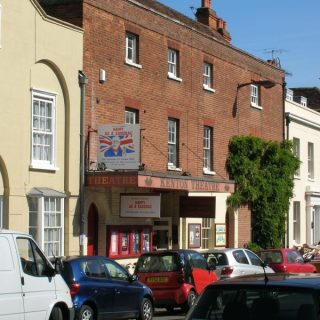
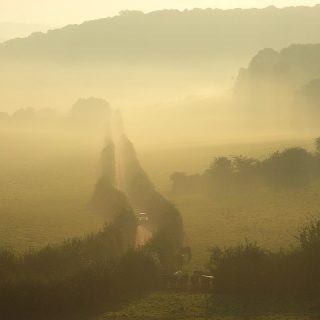
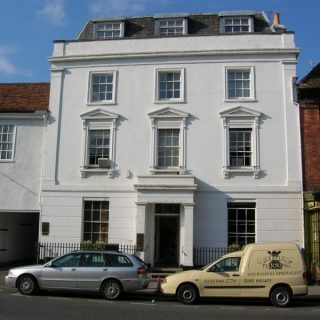
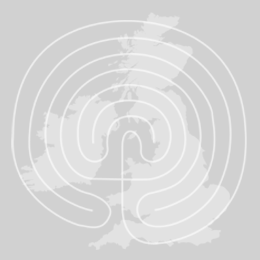
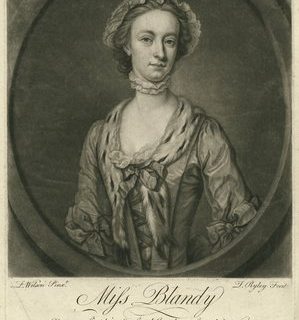
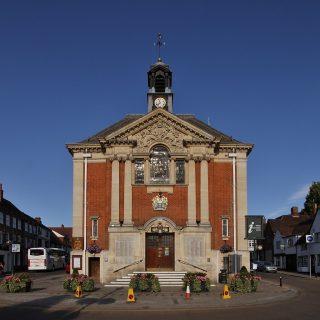
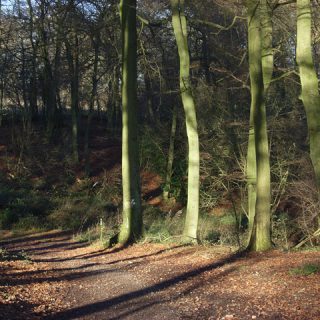
Recent Comments